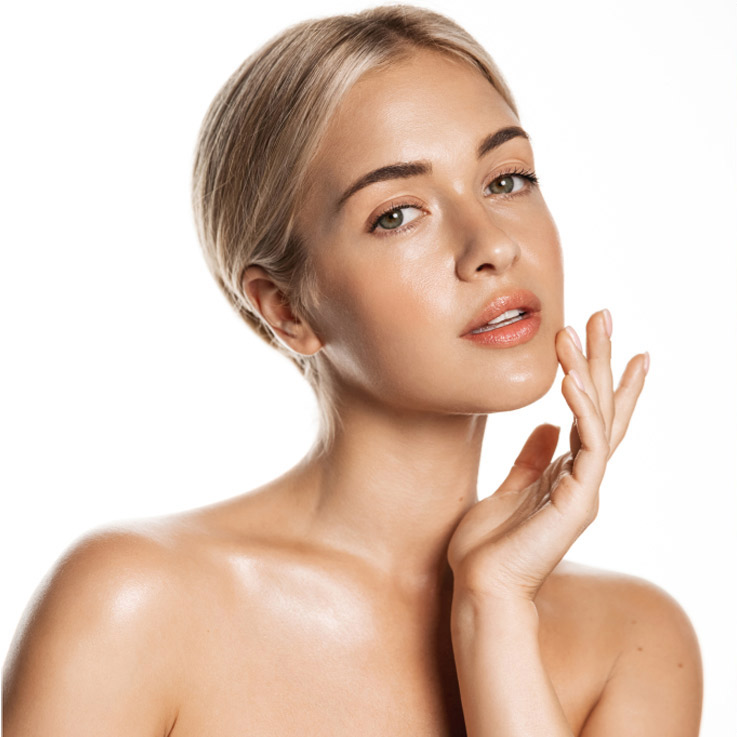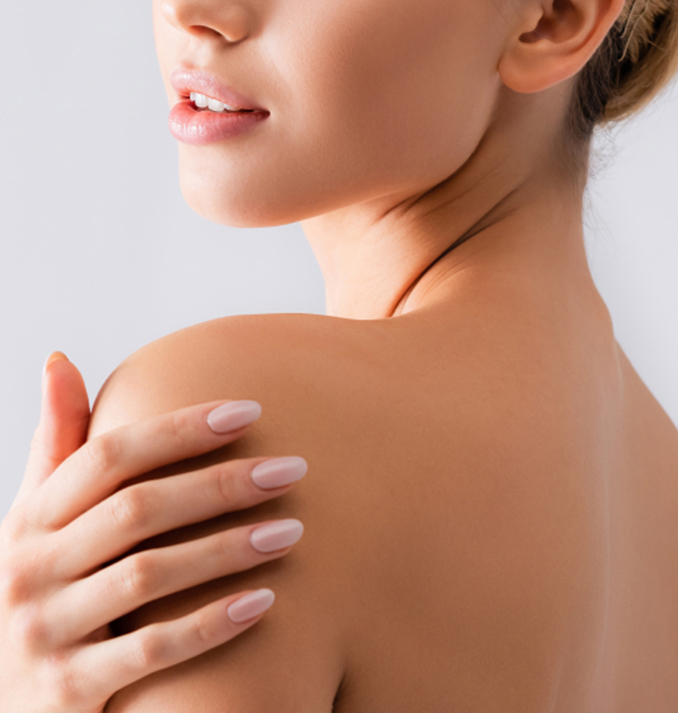Atopic dermatitis is a chronic skin disease characterized by itchy, recurrent attacks of eczema on the skin. Although the disease is mostly seen in children, it can occur in any period of life.
In individuals with atopic dermatitis, it is common to see other diseases with atopy, such as asthma, allergic rhinitis and allergic conjunctivitis. Genetic, immunological and environmental factors play a role in the etiopathogenesis of the disease.
There are some structural deficiencies that should be present in the skin in individuals with genetically atopic dermatitis. The water retention of the stratum corneum layer in the upper layer of the skin, defined as skin lipids and epidermis, has decreased.
 Institutional
Institutional
 Clinical Dermatology
Clinical Dermatology
Acne / Atopic Dermatitis / Skin Dryness / Skin Cancers / Eczema / Genital Wart / Lichen Planus / Fungal Diseases / Molluscum Contagiosum / Psoriasis Vulgaris (Psoriasis) / Rosacea (Percent Rose Disease) / Hair Loss / Seborrheic Dermatitis / Wart / Pale / Vitiligo / Shingles /
 Cosmetic Dermatology
Cosmetic Dermatology
Fotona SmoothEye / Scarlet X / Botox / Dermapen / Filling / Excessive Sweating (Hyperhidrosis) / Aqua Peel 2.0 / Carbon Peeling / Chemical Peel / Spot Treatment / Mesotherapy / PRP / Ultraformer 3 / Cosmelan / Dermamelan / Observe / Regenera Activa / Fotona SP DYNAMIS / Body Shaping / Magellan Tru PRP / Nd:YAG Laser Hair Removal / Alexandrite Laser Hair Removal / Baby Face Ultra/LaseMD Ultra / Tricopat /
 Pediatric Dermatology
Pediatric Dermatology
Diaper Eczema / Herpes Infection / Impetigo / Keratosis / Molluscum Contagiosum / Pediatric Acne / Wart Child / Vitiligo Child / Hair Loss / Hydrafacial 2 / Fotona SP DYNAMIS /
 Blog
Blog
 Communication
Communication










